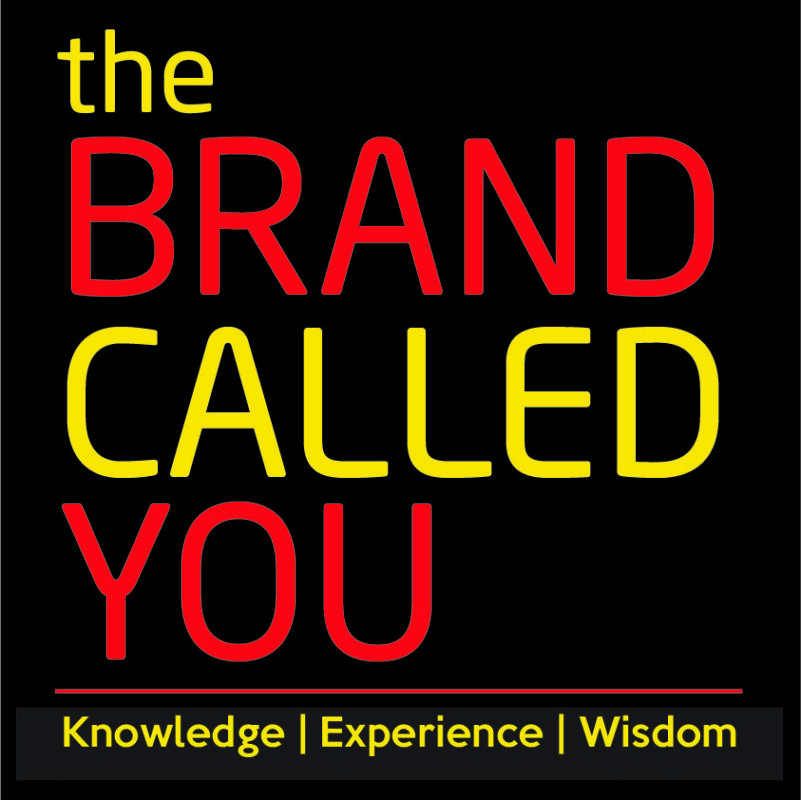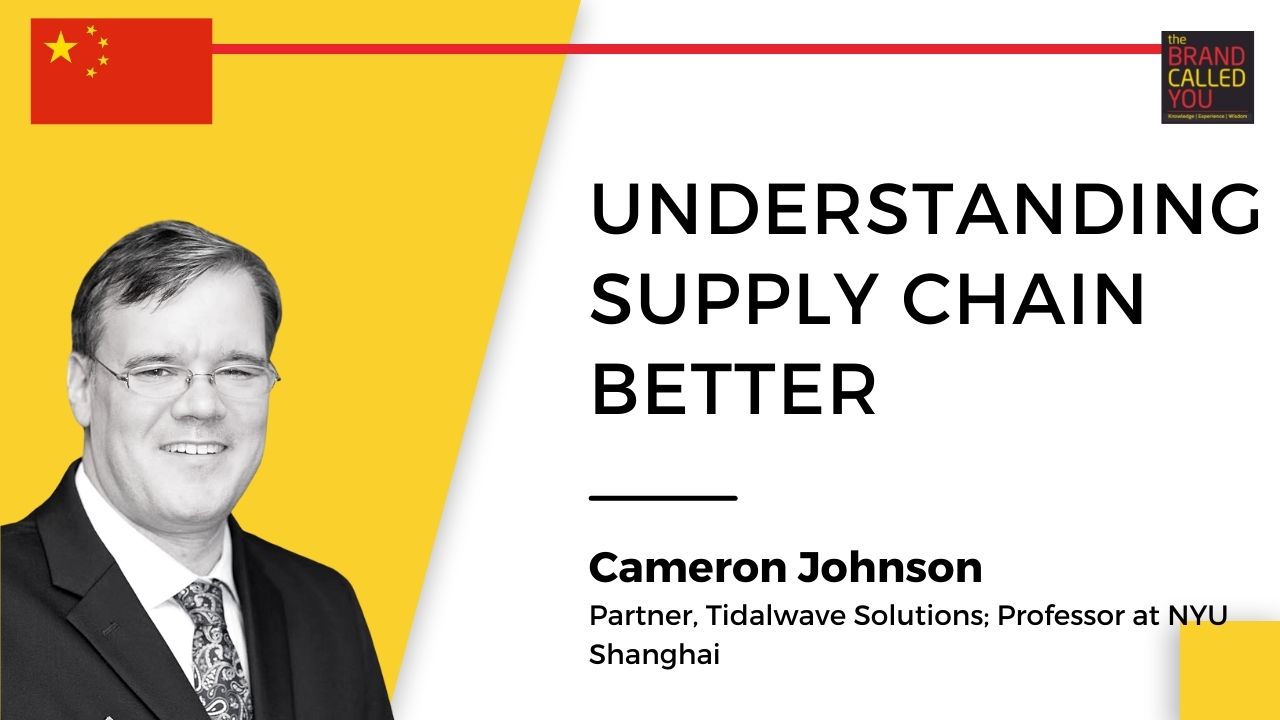Cameron Johnson, Partner at Tidalwave Solutions, HR & Management Consultancy
- Cameron is the partner of Tidalwave Solutions and a professor at NYU Shanghai.
Podcast
Overview
In times, when the customers expect prompt home delivery of products, the supply chain comes to play a critical role in the success of businesses. This complex network of individuals, resources, technology and activities needs to be managed efficiently to mitigate the risks involved in the production and distribution of the goods. Today, we have a veteran supply chain specialist, Cameron Johnson, who takes us through the evolution of the supply chain. We compare the supply chain risks between Asian countries and other parts of the world.
[00:33] – About Cameron Johnson
- Cameron is the partner of Tidalwave Solutions and a professor at NYU Shanghai.
- Tidalwave Solutions is divided into two parts, with one part rendering HR and recruitment services, while the other deals with management consultancy, with specialization in supply chains.
- Cameron teaches project management, global economy and leadership at NYU, Shanghai.
[02:07] – How has the role of the Purchase Officer evolved into the Chief Supply Chain Officer?
- As a purchase manager, the role is to get the product to business at the right price. You would not know the origin of the product unless produced locally.
- However, as a Supply Chain Officer or manager, you need to know the origin of the product, the people involved in the process along with the different cost structures of different businesses involved with it.
[04:00] – What should companies be now thinking of to reduce their reliance on large suppliers like China and increase their share of domestic procurement and production?
- Trying to reverse decades of globalization will not help, as supply chains generally work globally.
- For instance, if we look at the supply chain of making semiconductor chips. Chop ingots are produced in Japan, sent to the US for processing, then shipped to Asia for packaging, and then put into an electric component in China and then shipped to the consumer.
- If you try to put all the processes in your country, it leads to inefficiency and cost increases.
- What we currently have is the spread of risk.
[05:36] – How can a supply chain head mitigate risk?
- The first thing is supply chain mapping. For instance, if you make a cup, you do not necessarily need to know the exact mine from where the raw materials came from. But you ended to know certain steps in the process to understand the origin of the product.
- It is also important to analyze the different available options. Before the pandemic, businesses generally had one or two sources of products. Now they are looking for multiple sources to mitigate the risk geographically and along with the kinds of businesses the sources are dealing with.
[06:51] – How have you seen technology beginning to change supply chains?
- Major challenges in the supply chain are visibility and tracking. It deals with everything like quality control, cost control, and compliance in cases of sensitive materials. It is changing the logistics side of the supply chain.
- It is no longer a simple inventory system that a Walmart store would use, but now smart real-time technology components can tell you where the product is in the process.
- It is more feasible in the next decade for drones to do more business to business.
[09:55] – How have the e-commerce platforms impacted the functioning of efficient supply chains?
- It forces suppliers to continually improve their processes. Customers get unhappy if they do not receive the products at their door in 30 minutes.
- It has created challenges on how to maintain it. We are seeing a lot of predictive AIs and its use. For instance, we know certain products would move at certain times of the year.
- It has also made it challenging for suppliers of small businesses to survive in competition with large businesses. But with the use of AI, they are battling it quite competitively.
[11:44] – What is your perspective on what makes the Asian supply chain seem to move much faster than the US?
- Asian countries unlike the US do not have legacy systems. The US has massive warehouses with distribution centers. Asian countries can build indigenous systems that fit their needs.
- Mass scale is also another important factor. The ability to innovate and maneuver on the fly. Not being beholden to the old ways of thinking or to old systems that are entrenched, are the advantages that Asia has over other countries.
RESOURCES:
You can connect with Cameron Johnson – LinkedIn
Enjoy this podcast?
If you learned new insights about leadership coaching, as well as the importance of coaching, subscribe and share it with friends!
Love to give us 5 stars? ⭐⭐⭐⭐⭐ If you do, we’d love a review from you. Help us reach more people to keep them in the know as we talk to leaders, high achievers, and thought leaders from diverse backgrounds and nationalities. Excellence can come from anywhere; stay in the know, and hear from emergent high achievers and gurus.
Stay updated with what’s shaping the world today through the latest The Brand Called You Podcast episode. Follow us on iTunes, Spotify, and Anchor.fm.
Don’t forget to follow and message us on these platforms!
Website: https://tbcy.in/
Facebook: https://www.facebook.com/followtbcy
LinkedIn: https://www.linkedin.com/company/tbcy/
Twitter: https://twitter.com/followtbcy
YouTube: https://www.youtube.com/c/followtbcy
Thanks for listening!
Profile
- Cameron is the partner of Tidalwave Solutions and a professor at NYU Shanghai.
- Tidalwave Solutions is divided into two parts, with one part rendering HR and recruitment services, while the other deals with management consultancy, with specialization in supply chains.
- Cameron teaches project management, global economy, and leadership at NYU, Shanghai.


